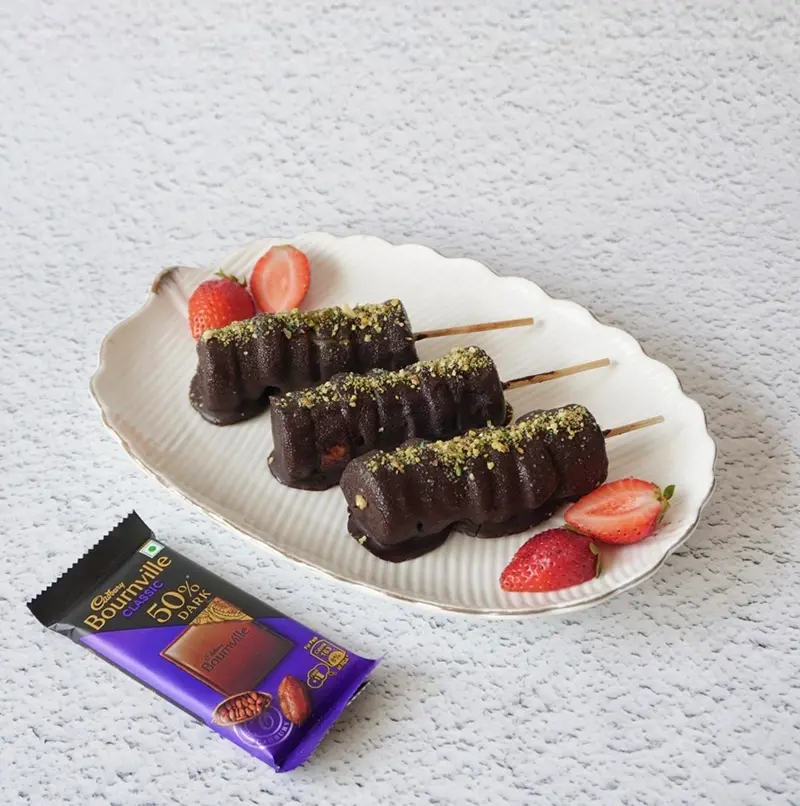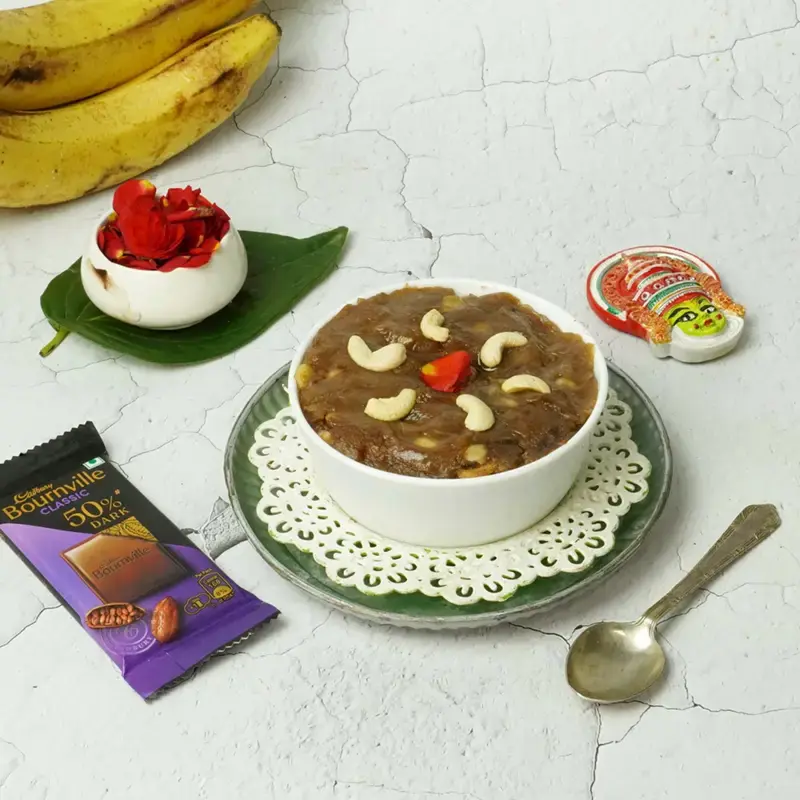Macaron vs macaroons might be a low-key raging topic, but they are intrinsically linked in history and it goes back to Italy’s colonial past, mostly

Macaroons (really drag the “o” here to pronounce) are the proletariat as compared to the macarons (pronounced Ron, as in Ronald Weasely) which are the bourgeois, if mirror world exclusively for European desserts. Ironically, even the name macaroon is a derivative of the word macaron. As for “macaron”, that particular word comes from the Italian “maccherone” and also the Venetian 'macarone' which means “fine paste”. If you’re looking for delish dessert recipes for a birthday, then macaroons are a great choice.
The History
Would you believe it if we told you it had something to do with the Arabs? Technically not them, but they brought in the catalyst i.e. the almonds to Italy during their reign. Naturally, the locals picked up the nuts from the Arabs, namely the Italian monasteries; this was around the 7th-8th century. Another version contests the Italians and says macaroons were made in France, in an obscure convent in Commercy, supposedly in the year 791.
How about we told you the Italian version of the etymology was also lowkey Arab? Some accounts state that the Arabs used the word “maccarruni” to refer to numerous powdered grain products, including noodles and pastries. The Italians picked up this word that became the parent word for macaron or macaroons. As for that Venetian version, mentioned above, some theories say that macaroons were being made in Venetian monasteries.
While macaron's origin remains uncertain, with theories floating around, most agree its history took a significant turn around 1533 when Queen Catherine de Medici of Italy brought the treat (along with her pastry chefs) to France upon marrying King Henry II. Over the next two centuries, the macaron remained a delicacy enjoyed mainly by French royalty and the elite.
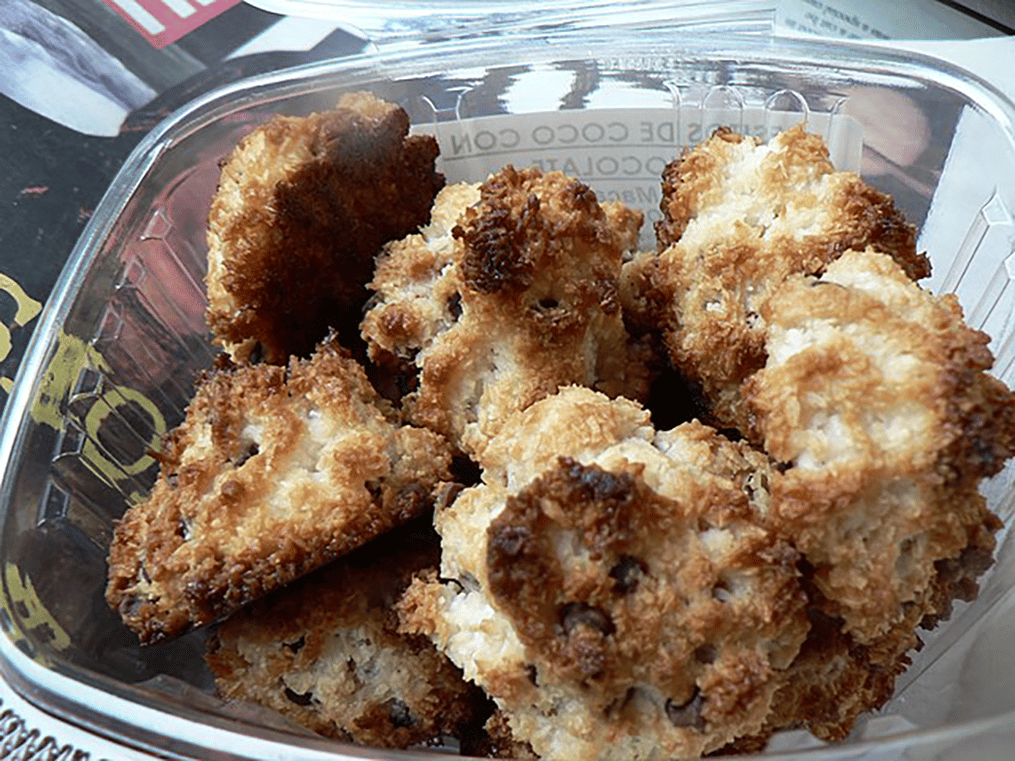
It became truly proletariat when in 1792, two Carmelite nuns, Marguerite and Marie-Elizabeth, started baking and selling macarons to support themselves while seeking refuge in Nancy, northeastern France, during the French Revolution. Known as the "Macaron Sisters" or "Macarons de Nancy", they made pastries and the macarons they sold to commoners were cookie-like treats, unlike today's sandwich versions, often called "priest's belly buttons".
A major milestone came in the 1930s when macarons began to be served as sandwiches with two halves and a filling like ganache, jams, or jellies. While historical accounts differ, this innovation is generally credited to French chef Pierre Desfontaines or Parisian baker Claude Gerbet. As more Europeans traveled to America in the early 1900s, French macarons grew popular there too, with the recipe changing little. One change was the rise of coconut macaroons, differing from French macarons, amid America's coconut craze in that century.
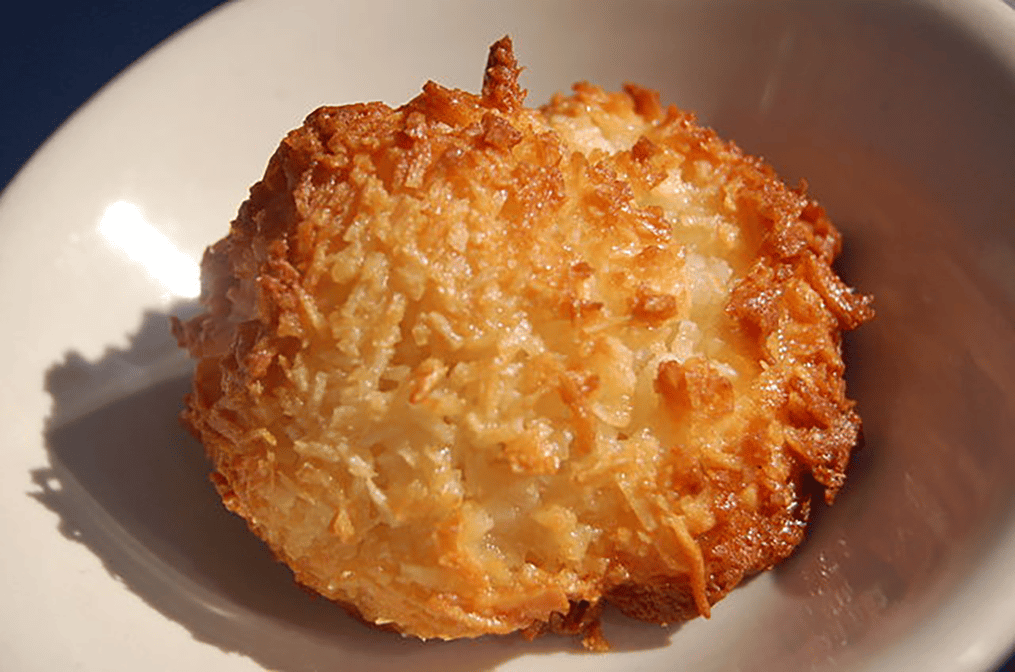
Over the next few decades, French macarons' popularity soared with more choices in the varieties of colors and flavors used to make these gourmet treats. No matter which path the macaron's history took, the Macarons and Macaroons are connected even though their life paths diverged to lead to the churning out of two completely different macaroons.
What Makes Macaroons So Good?
It’s hardly a surprise that the homely macaroon finds mention in many children's books, hint: Enid Blyton, and it continues to be enjoyed in the US, who are fond of their coconuts. The coconutty macaroon requires just a handful of ingredients, with shredded coconut being the star. Coconut flakes are typically sweetened, then sometimes toasted for extra flavor. It’s mixed with flour, sugar or sweetened condensed milk, egg whites, and flavored with vanilla and sometimes almond extracts. These ingredients are mixed and then scooped in small portions onto baking sheets before being baked. Sometimes the baked macaroons are drizzled with milk, dark or white chocolate.
Coconut Macaroons Recipe
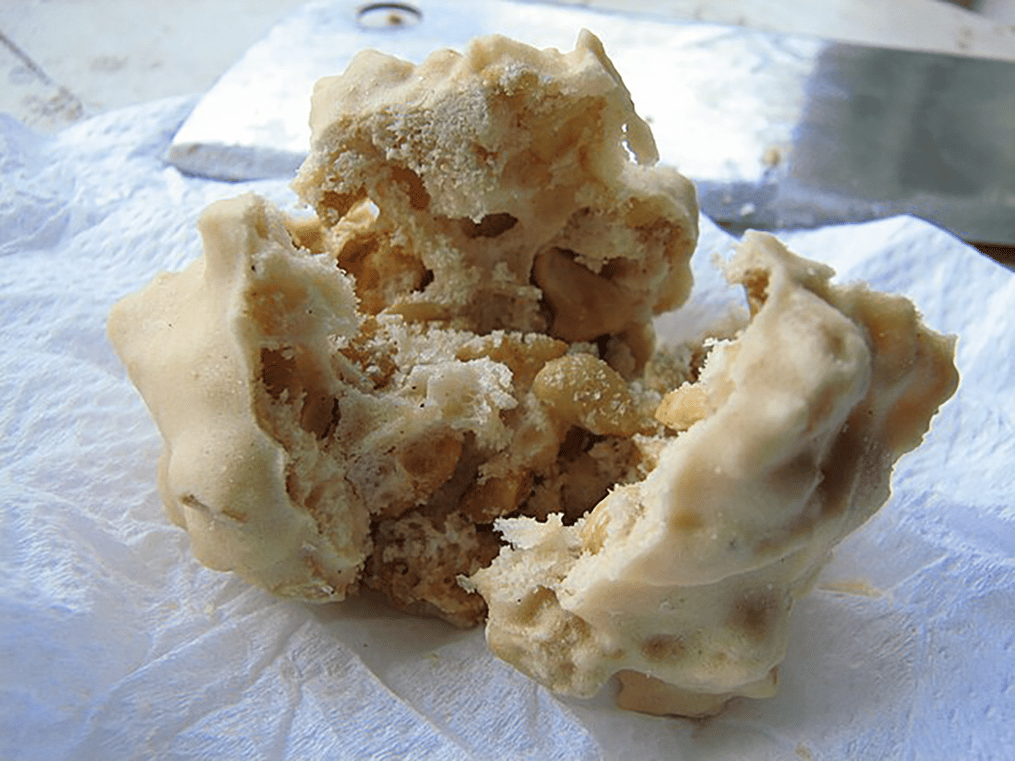
Ingredients
- 4 egg whites
- 100 gm granulated sugar
- ¼ tsp salt
- ½ tsp almond extract
- 1 tsp vanilla extract
- 360 gm shredded coconut (sweet)
Instructions
- Preheat the oven to 180°C and use parchment paper to line a baking tray.
- Grab a large bowl. Whisk the egg whites, sugar, salt, almond and vanilla extract. These will turn frothy and thicken, taking about 2-3 minutes.
- Add the shredded coconut, and mix till fully incorporated.
- Using a small cookie scoop or spoons, portion the mixture into 2-3 cm balls and arrange them on the prepared baking tray, leaving around 4-5 cm between each one.
- Bake for 20-25 minutes until the macaroons turn golden with browned flakes.
- Remove from the oven and let cool before serving. Repeat with the rest of the batter, if there are leftovers.
Like This Article?
More Like This
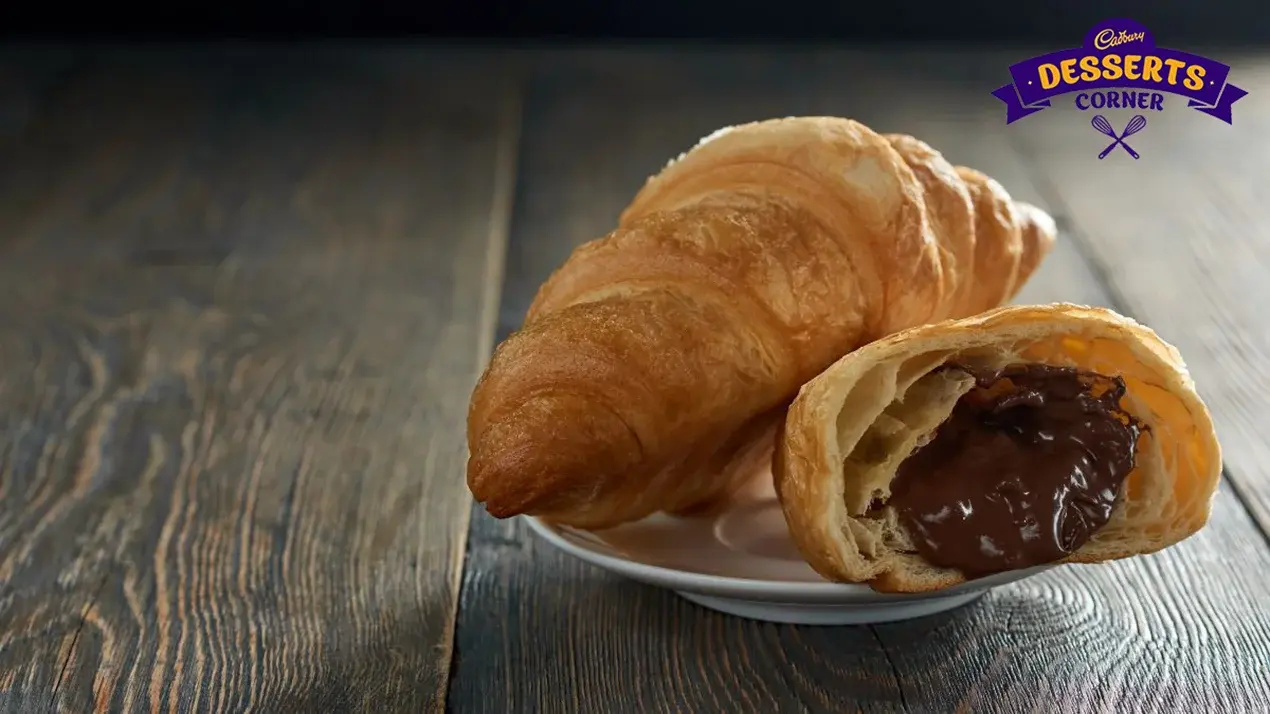
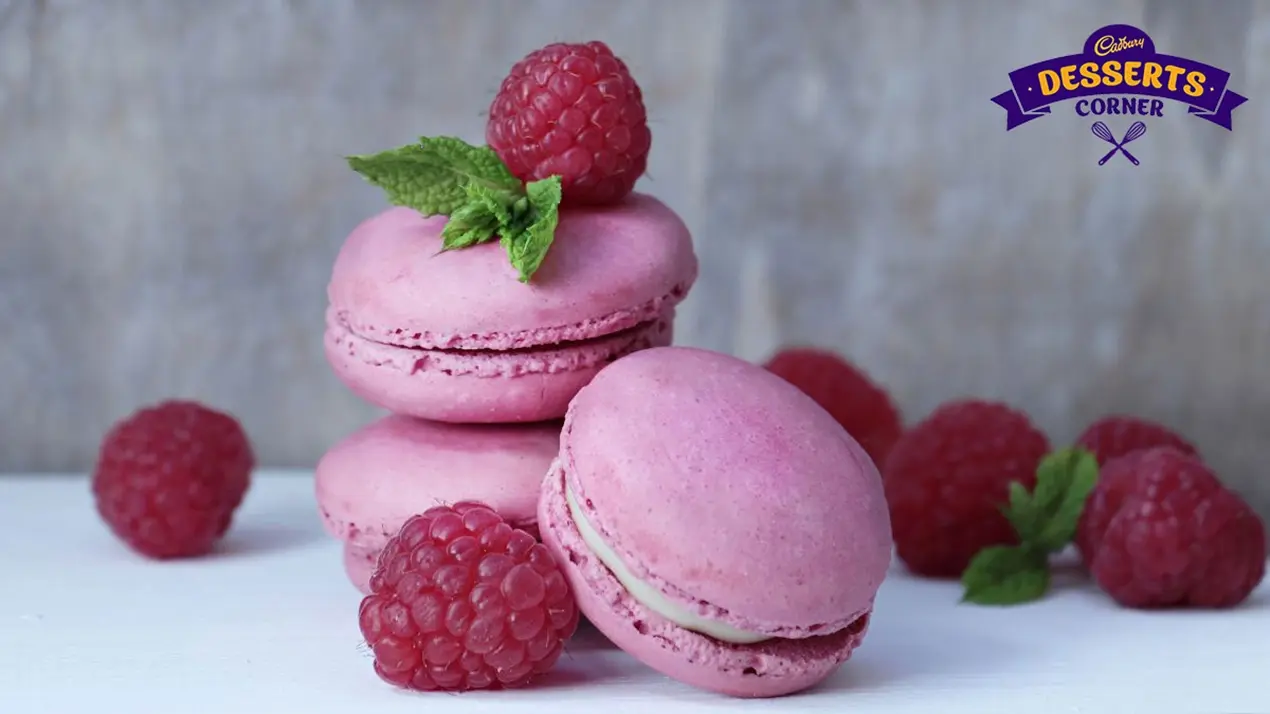


Popular Articles





Trending Web Stories
Curated Recipes

